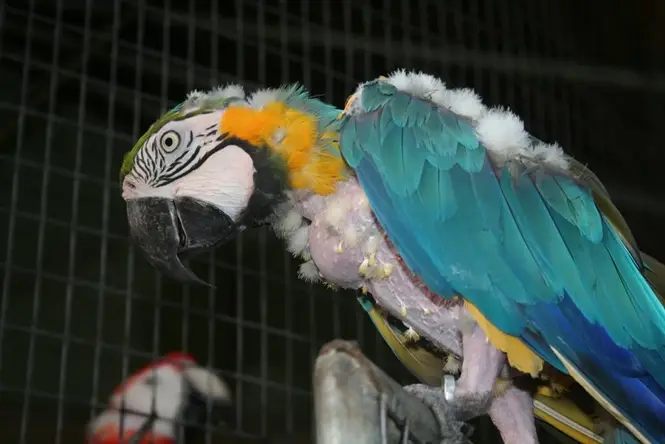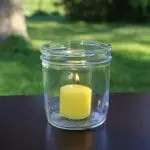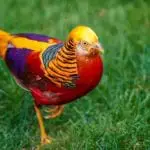Parrot self-mutilation is usually a very disturbing issue that is common in some domestic parrots. It is considered as a stereotypical bearing. In short, the parrot seems to be driven continuously to do such behavior that seems to have no reason, and sometimes that could be harmful to the animal. In this post, you’ll learn the reasons why parrot self mutilate and how you can address such a problem. Let’s get started!
Why Parrots Self Mutilate?
Any kind of stereotypical bearing is considered an indication that the animal experiences a lot of stress or pressure. Like for example, try to observe some humans who cut themselves or like a habitual problem of pulling the hair out. These kinds of behaviors are unlikely. But parrots also get stressed, which is exhibited through feather plucking or as simply called parrot self-mutilation.
Many people may think that there are only basic grounds that cause such a confound habit of why a parrot self-mutilate. Generally, such kind of behavior might be the result of many factors. It may include inappropriate brain development that results in having wellness problems, or sometimes, a medical and environmental factor, like accidental training. Also, it may be caused by biological, social, or even emotional problems.
Always remember that there are a lot of theories as well as any recommendations behind the parrot’s feather plucking or self-mutilation all over the websites on the internet. You may see some forums that include a full of advice from pet owners or a highly scientific basis from studies and trials.
Primary Biological Needs of Your Pet Parrots
If the parrots’ biological needs are already, encounter the parrot experience a perception of the physical and emotional well-being, for them to give positive thinking to continue with their daily life. One of the greatest things that you can do as a pet owner is to manage your parrots’ self-mutilation to ensure the health of your pet.
Avoidance sets your pet up for success. For the parrot, they need to practice veterinary care, parrots’ dietary requirements, enough sleep, exercises, safe and clean surroundings, and proper skin, foot, and feather care.
Basic Emotional Requirement of Parrots
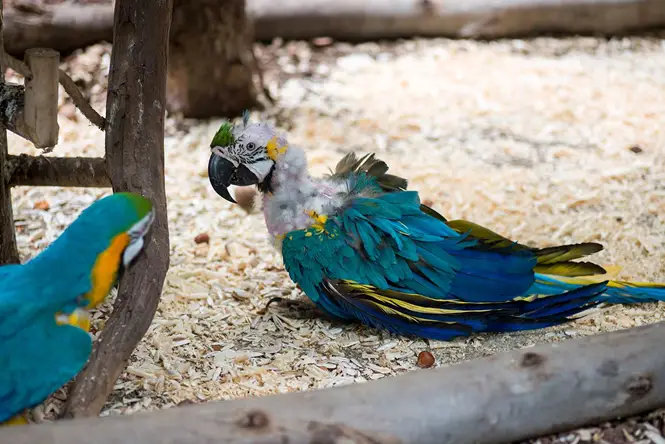
It is also considered as signs that your pet parrot may have a sense of self-confidence. The parrot usually grows their self-confidence when they trust their own skills. Sometimes we notice a person that is having strong self-confidence is liable to more energetic and can be emotionally happy.
Your parrots that have self-confidence will be able to be more capable in amusing itself and attracting proper parrot conduct. The parrots that are insufficient when it comes to an emotional basis may undergo anxiety, which may become a start to have a behavior problem.
Here are some tips to increase the self-confidence of your parrots:
- The best method to increase your pet’s self-confidence is to use some positive training procedures.
- It is also a must to your pet to learn good manners, as simply says the right conduct expectations. The more you give an opportunity to choose behavior and give them a treat, the more they feel rewarded, and the more they gain self-confidence themselves.
- Avoid punishing your pet, because punishment to birds breaks down their self-confidence and might be a reason to have an anxious pet that is usually caused to have problem behaviors.
- Furthermore, to improve its self-confidence, you need to allow your pet to have choices, you must always be sensible in your pet’s need to feel physically safe and emotionally safe by just your presence.
Interaction
A well- mannered pet can become a joy to everyone. Their playful behavior lends itself to a number of interactions. When it comes to parrots, interaction is an important building block for their mental health. Your domestic pet parrots need a significant amount of interaction in order for them to have emotionally thrived in their household surroundings.
Here are some helpful tips to increase the interaction of your parrots:
- Make a routine time when it knows that it might be able to interact with you through the entire day, and when it cannot be with you, it requires a visual or an auditory touch-like.
- To improve the interactive socialization scheme to be with your pet, you may try to have breakfast together with your pet before you go and leave for your work. Then while you are away from home or in where your pet is located, you may provide auditory such as in visual sensory.
- Try to leave a television or radio on, or you may be supplied with some novel toys as well as a searching opportunity that can encourage your pet parrot to exercise and move. The basic aim of this activity is to keep your pet occupied.
- Create fun activities. Minimize its sense of loneliness by allowing your pet to at least interact with your family members before going to bed.
Vitality-free Parrot Training
We are already aware that the parrots are very sensitive, that is why it is crucial that you learn to use a vitality-free parrot training techniques to create your bird’s self-confidence as opposed to a punishing technique that it may tear your parrots down. Vitality-free training techniques make sure that your pet is feels loved, safe, and most importantly a sense of peace to the entire training activities.
Rational Stimulation
Lastly, if your parrot feels well and its basic needs are taking enough care, it feels a lot of self-confidence. A parrot that gets positive attention from its owner is well-socialized, and your parrot will feel a part of your family.
And now is the right time to have a focus on rational developments. Most people may tell that they got their pets because of their rational abilities. It feels fun to have such an intelligent pet that may easily learn such entertaining tricks, and it even interacts to talk with you.
Studies show that parrots are intellectual, just like the intelligence of an early elementary-age child. This means that your pet can easily learn all sorts of things such as problem-solving that use some tools or items, or may at least differentiate colors and it can even count basic numbers.
Here are some tips and tricks to care and teach your parrot:
- Being smart, your pet may love to play some searching or puzzle related toys; they also tend to learn some tricks and learn some cognitive concepts such as counting and differentiating colors, etc.
- Interacting with your pet may gain some new knowledge as well as strengthens your bonding time with your pet parrots.
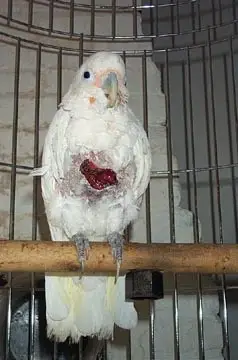
- If your pet has already met its most needs, it may feel less worried and may be less susceptible to grow maladaptive behavior that includes feather plucking and self-mutilation. Taking out of their feathers or biting holes into a parrot’s skin can be very painful in them.
Conclusion
While we do not definitely know what keeping them self-mutilate, a previous study explores that changing brain chemistry that develops when a bird causes itself some great intense pain. Just like humans do, who are cutting themselves with the use of a sharp object may cause the brain to release epinephrine, also known as the hormone that stops anxiety in its tracks. That’s why keeping your parrot happy, healthy, and relaxed is important by providing your tender loving care.

